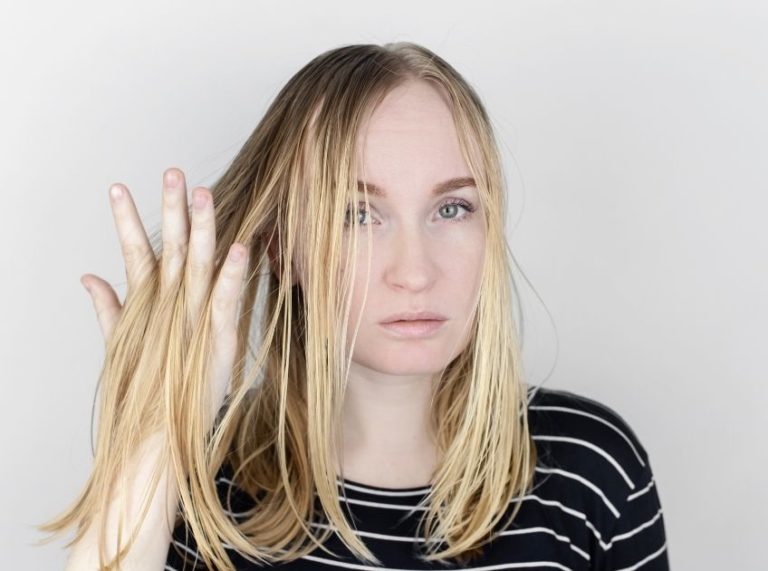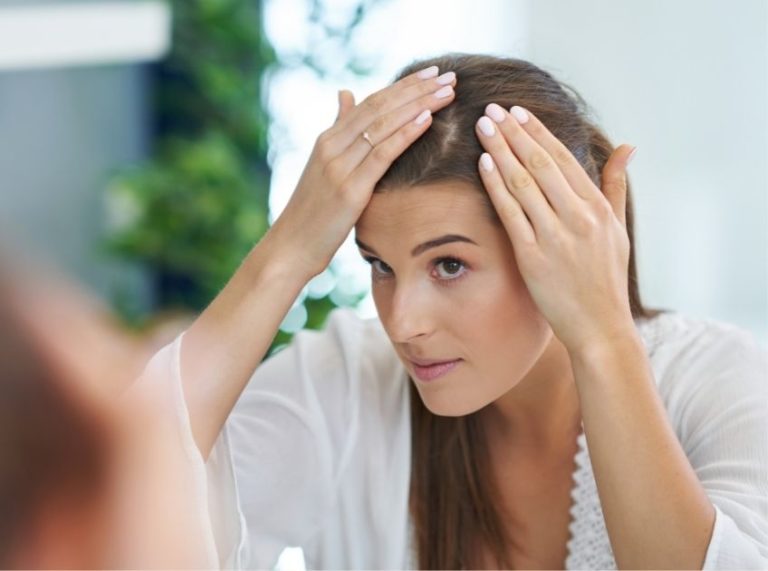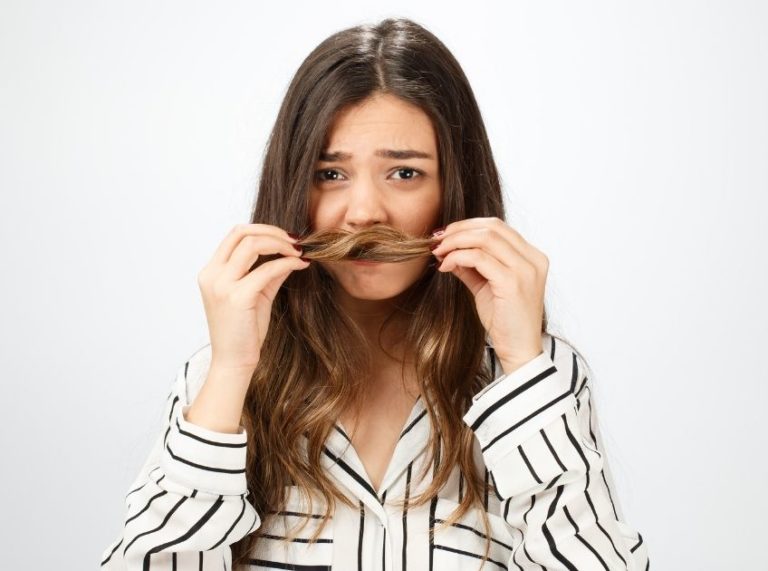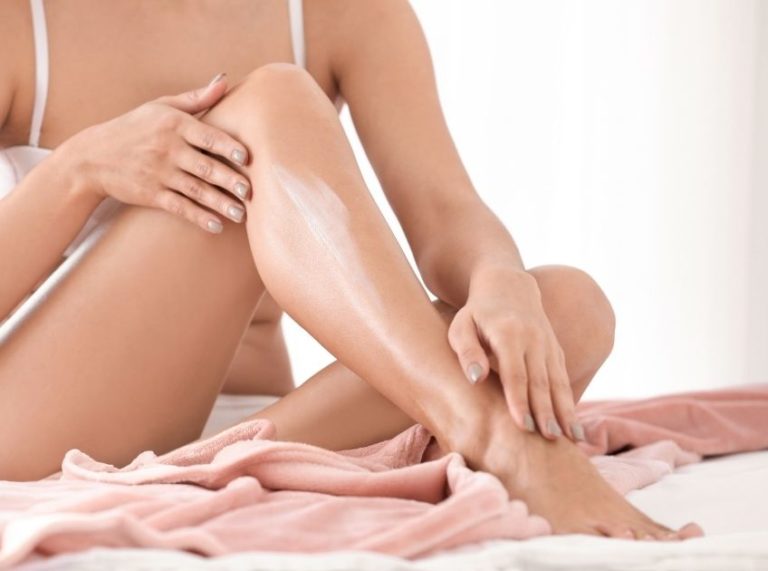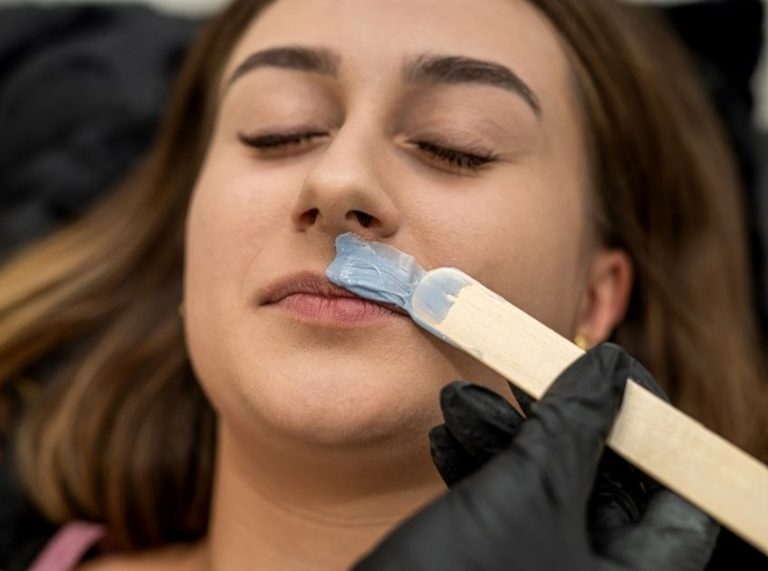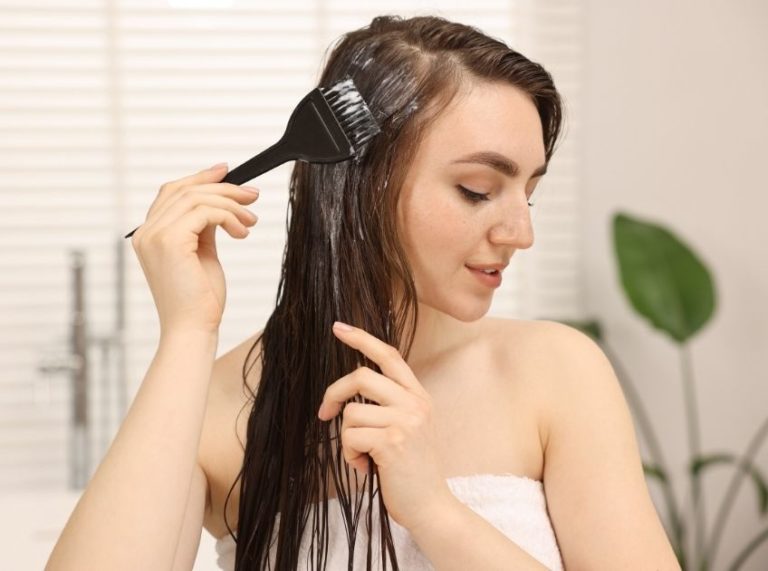
Important: This article is for informational purposes only. Please read our full disclaimer for more details.
Blonde hair never goes out of style—it’s timeless, radiant, and often seen as the ultimate transformation shade. Whether you’re aiming for a platinum look or a sun-kissed golden hue, achieving the perfect blonde often involves a crucial step: lifting your base color. But before you jump into the bleach, it’s essential to understand what lifting your base color means and how it can impact the health and longevity of your hair.
In this blog, we’ll break down the benefits and drawbacks of base color lifting, the science behind it, and what you need to consider before making the shift.
What Does Lifting Your Base Color Mean?
Lifting refers to the process of lightening your natural hair color using chemical agents like bleach or high-lift dyes. This step is particularly important if your natural base is darker and you want to achieve blonde shades that wouldn’t otherwise show on your hair.
Unlike simple dyeing, lifting alters the hair’s underlying pigment, also known as the melanin, making it possible for lighter hues to appear vibrant and true to tone. It’s often necessary for anyone looking to go from brunette or black hair to lighter blondes like ash, icy, or honey blonde.
What Is Blonde hair?
Blonde hair is characterized by low levels of the dark pigment eumelanin. Naturally blonde shades range from pale platinum to dark golden blonde and can occur naturally (mostly in people of Northern European descent) or be chemically achieved.
Scientifically, a study published in Nature Genetics (2014) identified a gene variant near KITLG that plays a role in blonde hair in humans (1). When we attempt to “create” blonde hair on darker bases, we use chemical treatments to mimic this natural loss of pigment, often at the expense of hair structure if not done carefully.
The Bright Side: Pros of Lifting Your Base for Blonde Hair
1. Access to a Wider Range of Blonde Shades
Lifting your base opens the door to high-impact blondes like platinum, icy silver, or cool ash—colors that won’t show up well on darker hair without lifting.
2. Brighter, More Even Results
Darker roots can cast shadows or alter the tone of blonde dyes. Lifting the base allows a more consistent and vibrant blonde throughout the hair.
3. Adds Dimension and Light Reflection
When done right, lifted blonde hair reflects light beautifully, giving hair a multi-tonal, radiant effect that’s hard to achieve with darker shades.
4. Easier Future Color Changes
Once your hair is lifted, you can easily switch between different blonde tones or add pastel fashion colors for variety.
The Trade-Off: Cons of Lifting Your Base Color
1. Damage Risk Is Real
Lifting removes pigment—and often moisture and protein along with it. Overprocessing can lead to dryness, breakage, and increased porosity. A 2015 study in the International Journal of Trichology noted that bleaching damages the cuticle, making hair more vulnerable to environmental stressors.
2. Maintenance Can Be Demanding
Blondes, especially cool tones, require frequent toning, purple shampoo, and root touch-ups every 4–6 weeks. Without proper upkeep, brassiness can take over.
3. Cost Adds Up
Between salon appointments, treatments, and color-maintaining products, maintaining lifted blonde hair can be pricey over time.
4. Not Ideal for All Hair Types
Those with already compromised or highly textured hair may find that lifting exacerbates frizz, thinning, or overall breakage.
How to Minimize Damage When Lifting
- Always consult a professional colorist for the best lifting strategy.
- Use bond builders like Olaplex or K18 during the lifting process to reinforce hair structure.
- Deep condition weekly to replenish lost moisture and proteins.
- Limit heat styling and use sulfate-free, color-safe shampoos to prolong tone and health.
Frequently Asked Questions (FAQ’S)
Q1: Can I lift my base color at home safely?
A. DIY lifting can be risky without experience. Overlapping bleach or incorrect timing can cause severe damage. It’s best left to professionals, especially for drastic changes.
Q2: Will lifting my hair make it grow slower or fall out?
A. Lifting doesn’t affect the roots directly, so it won’t slow growth. However, damage to the hair shaft can cause breakage, making hair appear shorter or thinner.
Q3: How many levels can I lift in one session?
A. Typically, hair can be safely lifted 2–3 levels per session. Trying to go more than that in one go increases the risk of damage and uneven tones.
Is Lifting Your Base Color Worth It for Blonde Hair?
Lifting your base color can dramatically transform your hair, allowing for beautiful, customizable blonde shades that light up your entire look. But it comes with real responsibilities—both in maintenance and protecting your hair’s health.
If you’re prepared to commit to the care that lifted hair requires and work with an experienced colorist, the pros often outweigh the cons. But for those looking for low-maintenance options, alternative techniques like balayage or root shadowing might be more forgiving.

